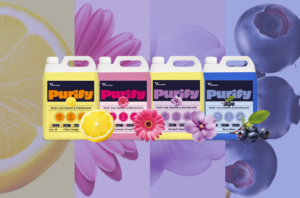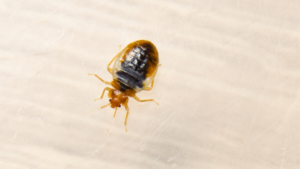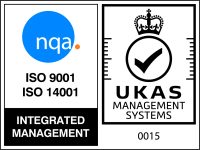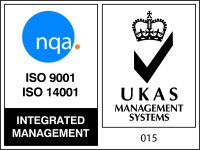Choosing a Disinfectant
The right product plays a vital part in any disinfection routine. While many disinfectants offer protection against a host of harmful pathogens, not all are formulated to be effective against every kind of microorganism. For a professional cleaner, it is worth understanding which disinfectant will offer the best results against any given pathogen.
Eliminating Bacteria, Viruses and Fungi
The procedure of disinfection and the products utilised during this process are intended to eliminate harmful microorganisms on surfaces in order to prevent cross-contamination. But as the British Association of Cleaning in Higher Education in Higher Education (BACHE) explains, disinfection is effective against bacteria, viruses and fungi and the disinfectants used to eliminate these pathogens can be respectively referred to as bactericides, virucides and fungicides. However, Applied and Environmental Microbiology clarifies that topical disinfectants may not be entirely effective against bacterial spores while Clinical Microbiology Reviews highlights the fact that many products offer effectiveness against a wide range of microbes.
The Centers for Disease Control and Prevention (CDC) adds, “In most instances, a given product is designed for a specific purpose and is to be used in a certain manner. Therefore, users should read labels carefully to ensure the correct product is selected for the intended use and applied efficiently. Disinfectants are not interchangeable, and incorrect concentrations and inappropriate disinfectants can result in excessive costs.” For these reasons, it is vital that – before any disinfection is undertaken – a cleaner knows exactly the type of microorganism they are seeking to eliminate.
Examples of Disinfecting Agents and How They Work
There are a wide array of disinfecting products available on the commercial cleaning market. These products, as Clinical Microbiology Reviews alludes, can likewise contain any number of known disinfecting agents, with “alcohol, phenols, iodine and chlorine” among some of the most commonly utilised substances. Cleaning Maintenance & Management also offers up two other known disinfecting agents: peroxygen compounds and quaternary ammonium compounds (also known as ‘quats’).
Broadly explaining how these various agents work, the latter outlet clarifies, “In general, disinfectants have three mechanisms of action or ways that they affect or kill an organism: Cross-linking, coagulating, clumping; structure and function disruption; and oxidizing.” These actions essentially alter the structure of microorganisms to eliminate or inhibit them. Cleaning Maintenance & Management also details exactly how these various disinfecting substances work and what pathogens they are effective against here. For cleaners seeking to specifically combat the growth of bacterial spores, the outlet explains that higher concentrations of chlorine-based disinfectant are successful in eliminating this class of microorganism.
Disinfectants: Additional Points to Consider
In addition to matching the correct product to combat a specific microorganism – be it a virus, bacteria or fungi – there are other points to consider when choosing a disinfectant, as explained by CleanLink. In order for a disinfectant to be effective, a cleaner should adhere to the correct contact time. In some instances, the outlet explains that these times can be lengthy, which means that a disinfectant could dry before the specified time. This, of course, means that a disinfectant with a long contact time may not be effective and cleaners should, where possible, choose a product with a shorter contact period.
As well as verifying a product’s contact period, a professional cleaner should also ensure that their chosen disinfectant will not harm the surface on which it is intended to be used or damage any cleaning tools. The outlet points out that this is especially pertinent during the use of any disinfectants which contain quaternary ammonium compounds. Finally, cleaners – for the safety and comfort of anyone who may be exposed to a chosen disinfectant – should be aware of any potential physical irritation that may be caused by exposure to a specific product.
When it comes to disinfection, the right product can play a vital role in eliminating harmful pathogens. While there is a huge array of products available to commercial cleaners, knowledge of which disinfectant to choose and when is integral in any successful disinfection routine.








